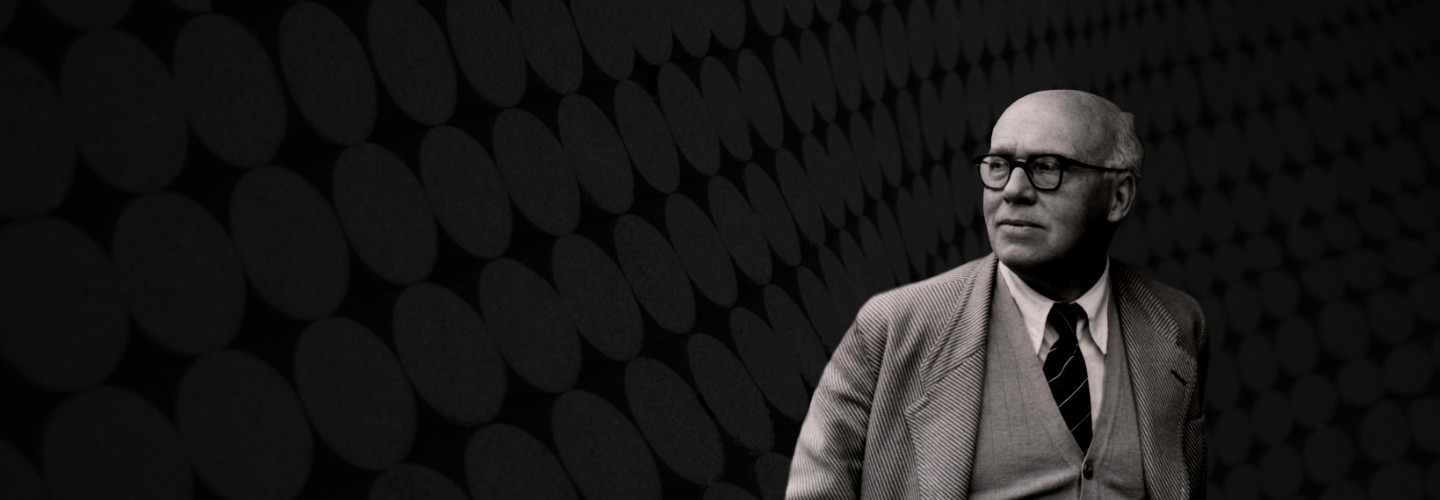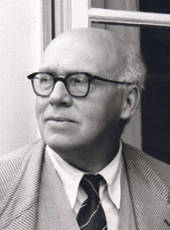

Walter Braunfels
Te Deum
Short instrumentation: 5(4) 3 5(3) 5(3) - 4 3 3 1 - timp, perc(2), hp(2), pno, org, str
Duration: 60'
Choir: SATB
Solos:
soprano
tenor
Instrumentation details:
1st piccolo
2nd piccolo (+ad lib.)
1st flute
2nd flute
3rd flute
1st oboe
2nd oboe
cor anglais
1st clarinet in A
2nd clarinet in A
3rd clarinet in A (+ad lib.)
4th clarinet in A (+ad lib.)
bass clarinet in A
1st bassoon
2nd bassoon
3rd bassoon (+ad lib.)
4th bassoon (+ad lib.)
contrabassoon
1st horn in F
2nd horn in F
3rd horn in F
4th horn in F
1st trumpet in C
2nd trumpet in C
3rd trumpet in C
1st trombone
2nd trombone
3rd trombone
bass tuba
timpani
percussion(2)
1st harp
2nd harp
piano
organ
violin I
violin II
viola
violoncello
contrabass
Braunfels - Te Deum for soprano, tenor, mixed choir, orchestra and organ
Printed/Digital
Translation, reprints and more

Walter Braunfels
Braunfels: Te Deum - op. 32Orchestration: für Sopran, Tenor, gemischten Chor, Orchester und Orgel
Type: Dirigierpartitur
Print-On-Demand

Walter Braunfels
Braunfels: Te Deum - op. 32Orchestration: für Sopran, Tenor, gemischten Chor, Orchester und Orgel
Type: Klavierauszug
Sample pages
Audio preview
Work introduction
Daily encounters with the horrors of war (Braunfels served in the army during World War I) led the composer to convert to Catholicism. The Te Deum was composed as a “token of gratitude” for his conversion. It received its first performance at the Gürzenich in Cologne in 1922 under Hermann Abendroth. The Rheinische Musik- und Theaterzeitung declared the event to be “the greatest success ever enjoyed by a world premiere in Cologne.”
In the 1920s, the Te Deum received as many as 110 performances before the Nazis banned Braunfels’ music from the stage and from concert programmes. After the war, the work was put on in 1952 in Cologne under Günter Wand – the last time the composer heard his work. He died two years later and it was not until 2002 that the Te Deum was performed again.
